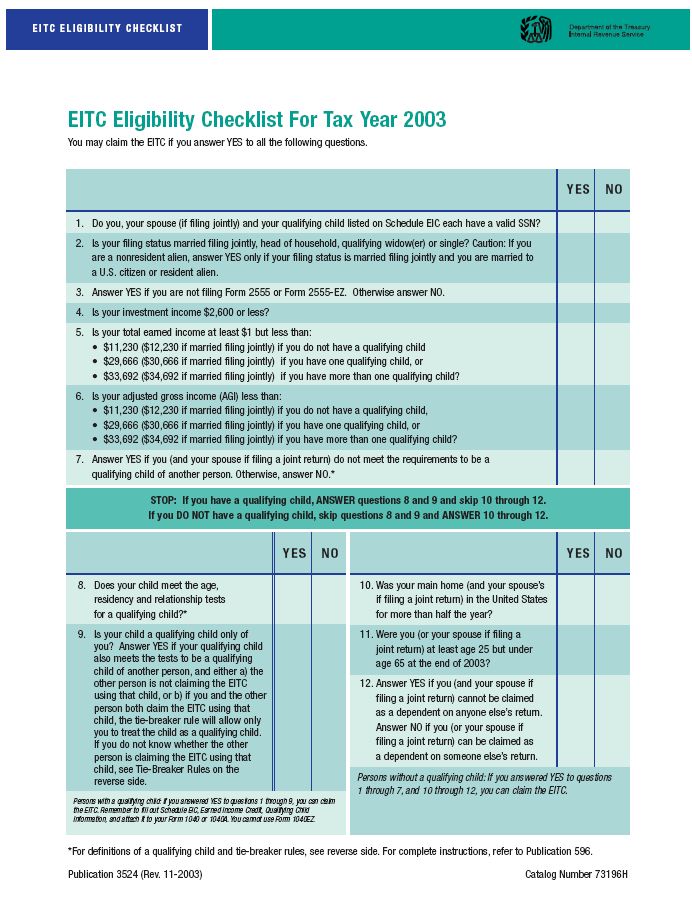If you are considering the use of any of the following business rules management systems (BRMS):
- IBM Ilog JRules
- Red Hat JBoss Rules
- Fair Isaac Blaze Advisor
- Oracle Policy Automation (i.e., Haley in Siebel, PeopleSoft, etc.)
- Oracle Business Rules (i.e., a derivative of JESS in Fusion)
you can learn a lot by carefully examining this video on decisions using scoring in Ilog. (The video is also worth considering with respect to Corticon since it authors and renders conditions, actions, and if-then rules within a table format.)
This article is a detailed walk through that stands completely independently of the video (I recommend skipping the first 50 seconds and watching for 3 minutes or so). You will find detailed commentary and insights here, sometimes fairly critical but in places complimentary. JRules is a mature and successful product. (This is not to say to a CIO that it is an appropriate or low risk alternative, however. I would hold on that assessment pending an understanding of strategy.)
The video starts by creating a decision table using this dialog:

Note that the decision reached by the resulting table is labeled but not defined, nor is the information needed to consult the table specified. As it turns out, this table will take an action rather than make a decision. As we will see it will “set the score of result to a number”. As we will also see, it references an application. Given an application, it follows references to related concepts, such as borrowers (which it errantly considers synonomous with applicants), concerning which it further pursues employment information.
Continue reading “IBM Ilog JRules for business modeling and rule authoring”




